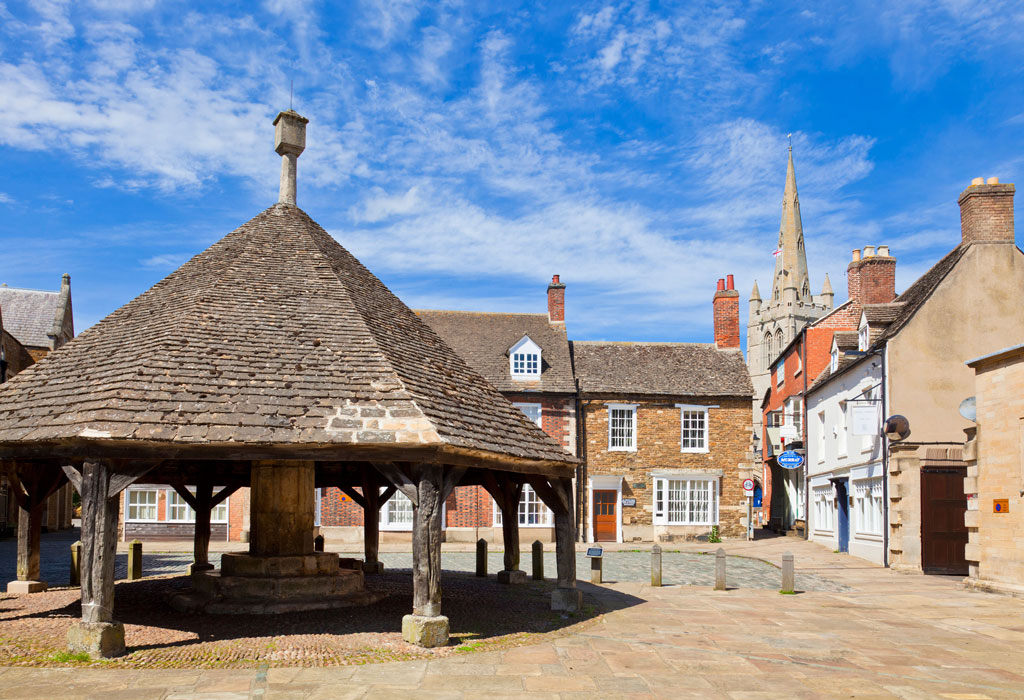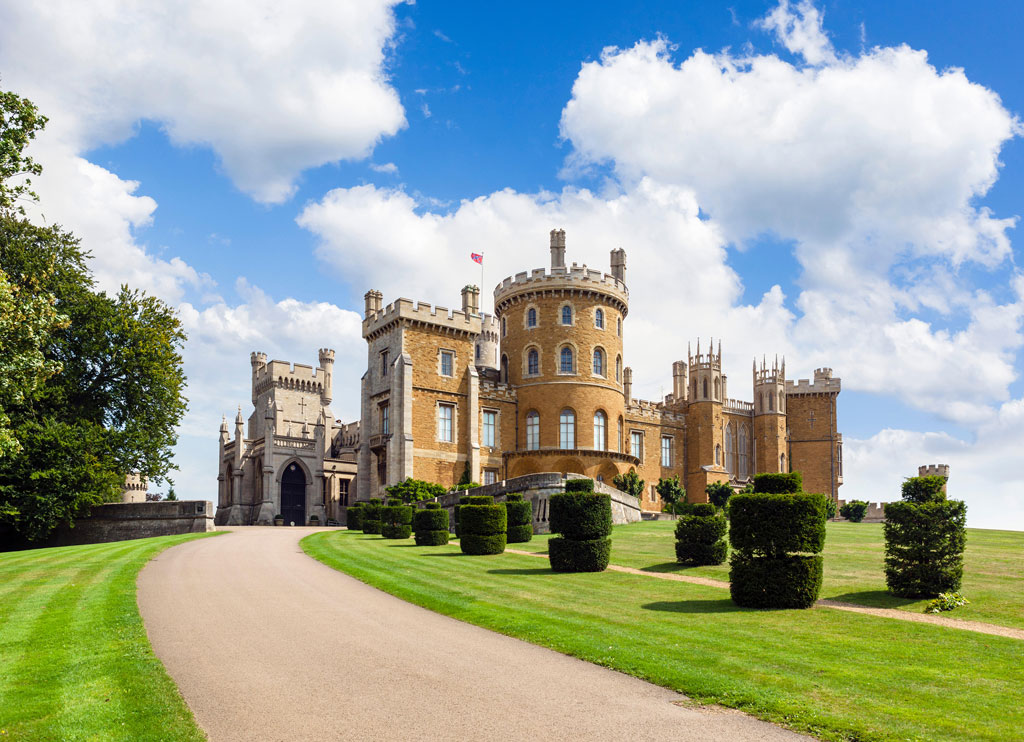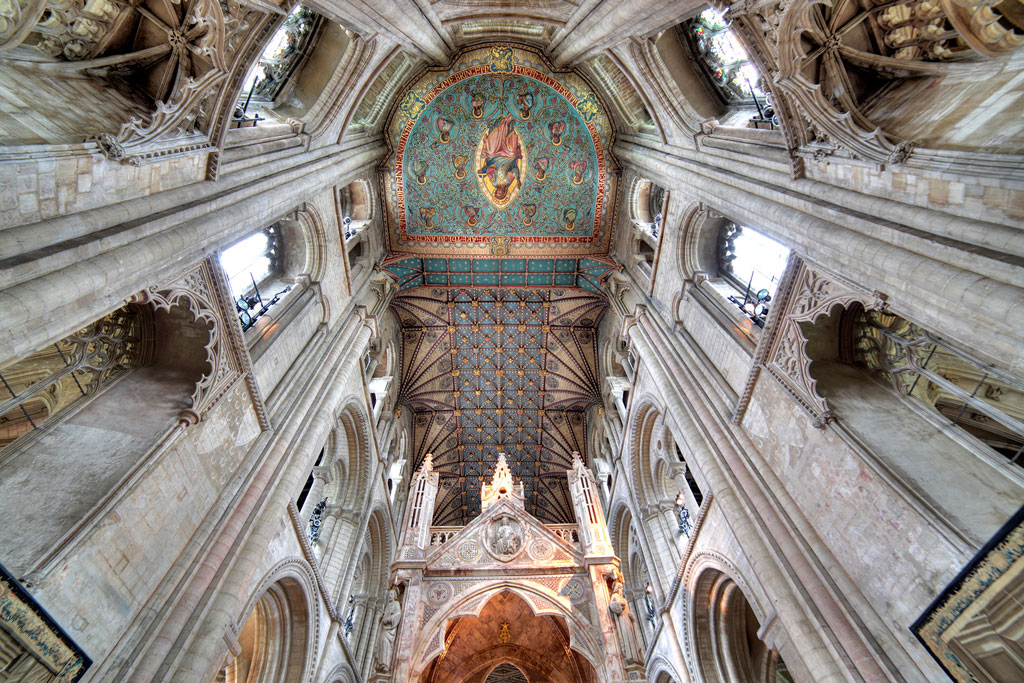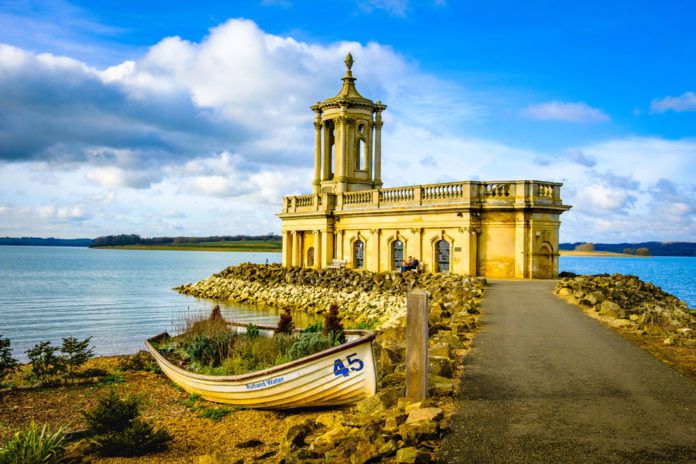Rutland packs in picturesque villages, mighty castles and scenic views: England’s smallest county is full of surprises
Not many people have heard of Rutland, not even those who live in the UK. Comprising less than 150 square miles in the very heart of England, scenic, sleepy Rutland is flanked by the more famous counties of Leicestershire, Lincolnshire and Northamptonshire.
Rutland regained its status as a ceremonial county in 1997 and was given the motto “Multum in parvo”, the Latin for “Much in little” – and rightly so. What the smallest county in England lacks in size, it makes up for in charisma. With pretty Rutland Water at its heart, this is a county of golden ironstone villages, ancient churches, breathtaking farmland vistas, twinkly old pubs and the picture-perfect market towns of Uppingham and Oakham – home to two of the country’s most historic schools.
While many gems lie just beyond county lines, there’s plenty to be explored within. Oakham – the county town and home to Rutland’s only train station – dates back to medieval times and is peppered with independent boutiques and coffee shops like Castle Cottage, purveyor of locally legendary cakes. The recently restored Oakham Castle, built 1180-90, is one of the oldest aisled stone halls in the country. Inside hang 240 horseshoes, gifted to the Lord of the Manor by royalty and peers, with the oldest dating back to Edward IV’s visit in 1470. The castle is the longest-running seat of justice in England – since 1229 – and is still occasionally used as a Crown Court. Nearby at Rutland County Museum visitors can learn more about crime and punishment in the county, and take a look at the only surviving ‘New Drop’ gallows in England.

A mile or so east, you reach the shores of Rutland Water. The reservoir has an interesting history, having been constructed in the 1970s via the demolition of one and a half villages and the flooding of a valley. The village of Upper Hambleton survived, and now sits on a
peninsula, home to the 19th-century Hambleton Hall hotel.
Rutland Water has evolved not only into a notable fishing and bird-watching destination – site of a programme to reintroduce osprey to England – but also as a place for bike and boat rides. Cycle round the scenic shores on bikes hired from Normanton – stopping for
a pint or a pub lunch en route – or sail on the Rutland Belle from Whitwell.

Another reservoir, the Eyebrook, straddling Rutland and Leicestershire, offers stunning views and is a Site of Special Scientific Interest after being used in 1943 as a practice
site for the Dambuster raids. Be sure to pop into nearby Stoke Dry church, whose walls bear a 13th-century mural. As legend has it, this is where Guy Fawkes and his co-conspirators thrashed out plans to blow up James I in 1605.
Travel a few miles south, just over Rutland’s border into Northampton, and you come to the Norman Rockingham Castle, standing proudly above the Welland Valley, with dramatic views across five counties. It was built under the instruction of William the Conqueror and boasts a Great Hall with portraits of Elizabeth I and her advisors, Lords Burghley, Howard and Dudley. The Long Gallery was once the focal point of family entertainment and holds an array of family artefacts, including a well-loved rocking horse.

Those on a castle-hopping tour shouldn’t miss Belvoir Castle in nearby Leicestershire. This fairytale Regency castle, home to the Duke of Rutland’s family since 1067, holds one of the country’s finest art collections, displayed in some breathtakingly grand rooms.
Smaller than Oakham, Uppingham is known for its antiques shops and the renowned Goldmark Gallery, which specialises in 20th-century art and hosts a drop-in buffet lunch daily, free of charge. Bustling pubs line the square of this historic market town, which puts on an annual Fatstock Show: an opportunity for Rutland farmers to show off their pigs, sheep and cattle.
Another lovely town hereabouts is Stamford. Often described as the finest stone town in England, it built up and prospered in Georgian times thanks to the wool trade and its position as a mail coach interchange on the Great North Road, almost halfway between London and York.

Its attractiveness has led to its use as the backdrop for numerous TV costume dramas and films, including the 2005 iteration of Pride & Prejudice. In the village of Little Casterton nearby, Tolthorpe Hall is home to the Stamford Shakespeare Company, which puts on summer plays in an auditorium in the grounds.
Any trip to Stamford should include a visit to magnificent Burghley House, one of England’s finest Elizabethan houses, set in sprawling parkland. It was built and mostly designed by William Cecil, Lord High Treasurer to Elizabeth I, between 1555 and 1587. A series of special events celebrating 500 years since Cecil’s birth is planned for 2020.
It’s a short detour to another historic site, Fotheringhay. While only the earthworks and the conical motte remain of Fotheringhay Castle, the site is worth a visit for its significance in British history. In 1587 the castle was chosen to host the trial and execution of Mary, Queen of Scots, whose body was subsequently transported to nearby Peterborough Cathedral for burial, before being moved for final burial at Westminster Abbey.
With scenic views and historic sites galore, you could spend days exploring this pocket of hidden England, but make time too for its low-key charms. The real spirit of Rutland is to be found in its countless sleepy (or not so sleepy) villages, whose cosy pubs play host to fireside meet-ups in winter, and whose squares and grassy verges come alive with the clinking of Pimm’s glasses come summer. “Much in little”, indeed.
READ MORE: Regional guide to the Peak District






 © 2024
© 2024